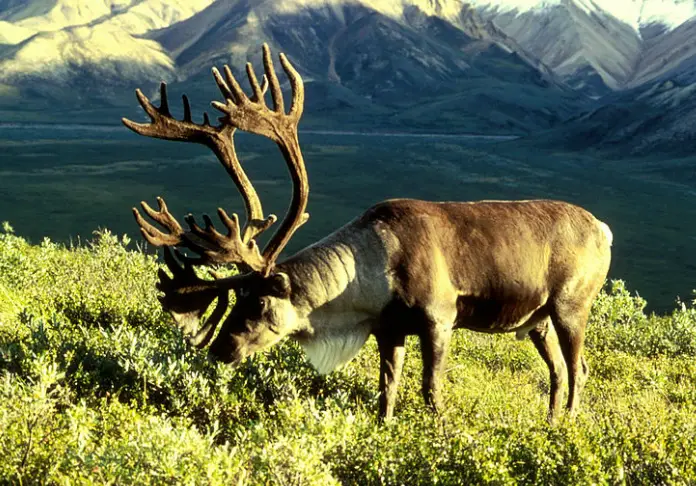
What do caribou, moose, and wolves have in common? Everything — at least in one part of North America.
This strange tale takes place in the dense forests of British Columbia and begins with climate change and logging, which have replaced much of the larger foliage with shrubby undergrowth — the kind that moose enjoying feeding upon. When these non-native species first migrated to mountainous terrain, the wolves came with them. While continuing to hunt moose, the wolves also began feeding on the native caribou, setting the scene for this vicious conservation narrative.
The caribou are endangered in this part of the world, including much of southern British Columbia. Traditionally, to conserve the caribou people have been killing wolves, but recently scientists have come up with a more unusual yet surprisingly effective solution.
A recent study published in the Journal PeerJ comprised over a decade of research monitoring animal behavior, reproduction, and migration patterns. Researchers discovered that allowing for extra moose hunting in these areas was effective in reducing wolf numbers as well, and helped to stabilize the caribou population.

The number of moose were reduced from 1700 to about 300-400 and the caribou population ceased declining in these specific regions where extra moose hunting was allowed, while in other areas the caribou population continued to decline.
Although this unusual approach has proven to be quite effective in conserving the caribou, there are other factors still to be taken into consideration, including an insufficient food supply and hunting by other predators.
“It’s not up to me to decide what goes extinct or not,” stated Dr. Serrouya to the New York Times. “But personally, if we can prevent extinction, and if we caused or are contributing to that, then sure — it’s a good thing to do.”
